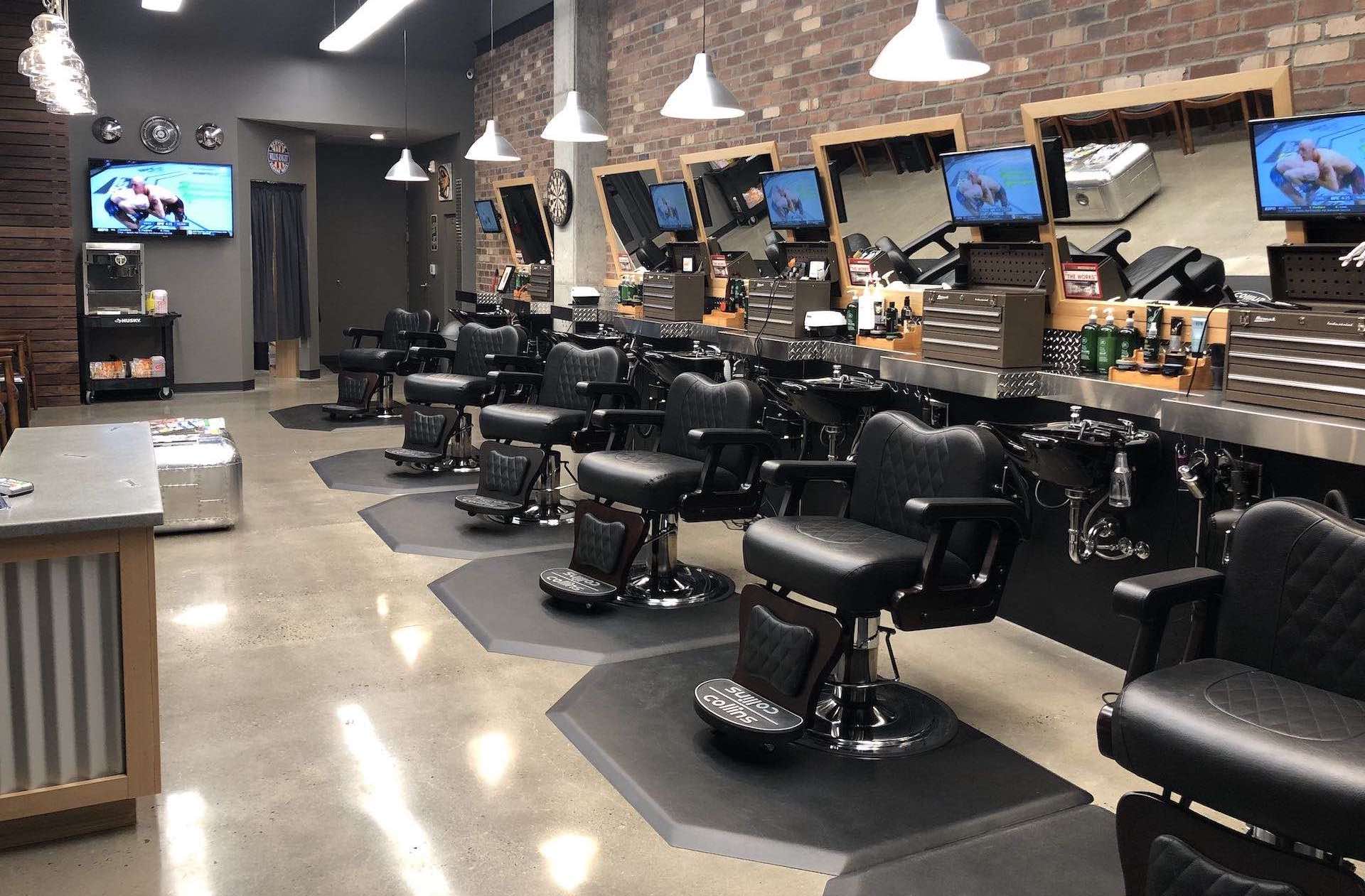Crucial Guidelines for Nurturing Vibrant Locks Tailored to Your Distinct Tresses Type
Crucial Guidelines for Nurturing Vibrant Locks Tailored to Your Distinct Tresses Type
Blog Article
Cultivating lively hair demands comprehending the unique characteristics of various hair types. Hair can be classified into several types, such as sleek, wavy, curly, and spiraled. Each type has its own needs and obstacles. For instance, sleek hair tends to be oily and may need less regular washing, while kinky hair often requires more moisture to prevent dryness. Determining your hair type is the first step in developing an effective hair care regimen that promotes health and liveliness.
Once the hair type is determined, the next step is to select the right products. For straight hair, light shampoos and conditioners that do not burden the hair down are recommended. Wavy hair thrives from products that enhance texture, such as sea salt sprays or wave creams. Kinky and spiraled hair types thrive on luxurious, moisturizing products that contain ingredients like shea butter or palm oil. It is essential to examine labels and select products that cater specifically to the requirements of the hair type to achieve the best results.
In furthermore to using the appropriate products, the approach of washing and conditioning hair plays a crucial role in preserving its health. For straight hair, washing each other day may be sufficient, while wavy hair might gain from washing two to three go to this site times a week. Curly and spiraled hair types often do best with co-washing, which involves using a conditioner to cleanse the hair rather of shampoo. This method helps retain moisture and minimizes frizz. It is also important to apply conditioner from the middle to the tips of the hair, as these areas tend to be drier.
Another crucial aspect of hair care is the application of heat styling tools. Excessive heat can damage hair, leading to split ends and fractures. For straight hair, using a heat protectant spray before styling is necessary. Wavy hair can be styled with a diffuser on a low heat setting to amplify natural waves without damage. Curly and coily hair should be styled with minimal heat, and when heat is necessary, a protective serum can help guard the hair. Limiting the use of heat tools and permitting hair to air dry whenever possible can significantly improve hair health.
Ultimately, consistent trims and a healthy diet play a role to vibrant hair. Trimming the hair each six to eight weeks helps eliminate split ends and promotes growth. A nutrient-rich diet rich in vitamins and minerals, such as vitamin B7, tocopherol, and omega-3 fatty acids, supports hair health from the interior out. Staying hydrated is also crucial, as water helps preserve moisture levels in the hair. By merging the right products, proper washing techniques, careful heat styling, and a wholesome lifestyle, individuals can nurture their distinct hair type and achieve lively, healthy hair.